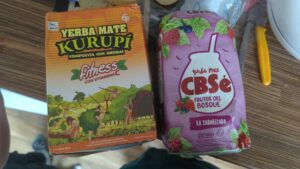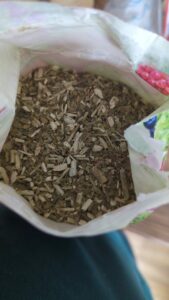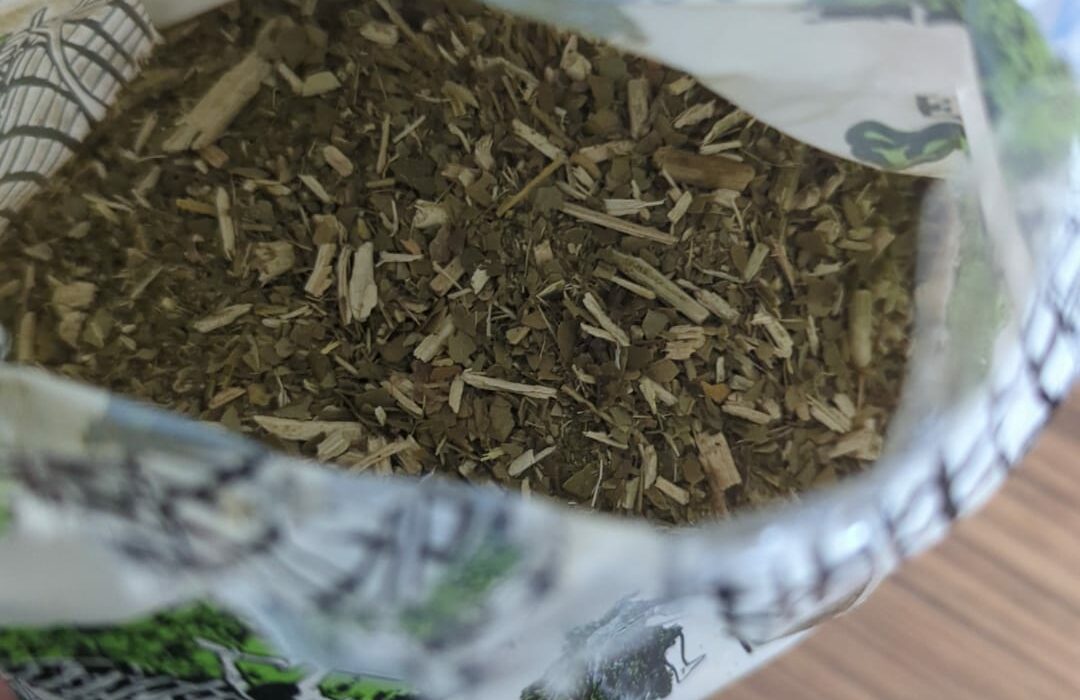So, after quite a few years, I’ve decided to dive back into the world of Yerba. My main reason was to support my mental well-being, especially my energy levels, while reducing my coffee intake. This South American tea, as we can straightforwardly call it, has a somewhat different caffeine effect on me and many other benefits that I aim to describe here for my own better understanding, and perhaps to pass this knowledge onto someone like myself who is eager to learn more about it.
Right from the outset, it’s important to note that yerba mate contains caffeine, a substance often acknowledged as a stimulant. This post doesn’t advocate for yerba consumption; rather, it serves as an informative and descriptive account of my personal experiences. My intention is to initiate a discussion and gather insights on others perspectives regarding yerba.

Definition
As we learn from Wikipedia: Yerba mate, scientifically known as Ilex paraguariensis, is a plant native to South America belonging to the holly genus Ilex. It was named by the French botanist Augustin Saint-Hilaire. The leaves of this plant can be steeped in hot water to make a beverage called mate, or brewed cold to make tereré. Both the plant and the beverage contain caffeine.
Cultural meaning and consumption

The infusion, known as mate in Spanish-speaking countries or chimarrão in Brazil, is made by filling a container, typically a hollowed-out gourd, with dry leaves of Ilex paraguariensis and hot water at a temperature of 70–80 °C (158–176 °F). Drinking mate is a social custom in Paraguay, Uruguay, Argentina, and Southern Brazil, often shared communally using the same gourd and metal straw. Recipients drink in turns without thanking until they’re finished. Mate gatherings are common, with variations like lemonade replacing hot water in warm weather. Yerba mate is most popular in Paraguay and Uruguay, with substantial consumption in Argentina as well.
Yerba vs coffee!
When comparing the effects of caffeine and yerba mate, it’s important to note the distinct compounds present in each. Caffeine, the primary stimulant in coffee, contrasts with yerba mate’s blend of caffeine, theobromine, and theophylline.
While caffeine in coffee delivers a rapid and intense energy surge, it can also induce jitteriness, anxiety, and heightened heart rate, often followed by a crash. Moreover, coffee’s caffeine content may foster dependency. Yerba mate, on the other hand, offers a more moderate caffeine level alongside theobromine and theophylline, contributing to a smoother, more balanced energy lift. This blend may evoke feelings of euphoria and relaxation, thanks to the production of anandamide, offering a sustained energy boost without the subsequent crash or fatigue. The unique combination of compounds in yerba mate helps moderate the effects of caffeine, making it an appealing option for individuals prone to coffee-induced jitters or anxiety.
In essence, while both caffeine and yerba mate provide energy, yerba mate’s composition promises a gentler, longer-lasting effect, making it a favoured choice for those seeking to sidestep coffee’s intense, jittery aftermath.
2 weeks of yerba – summary
As the second week of my exploration with yerba draws to a close, I can distinctly perceive its beneficial impacts on me. I find myself increasingly driven to engage in physical activity and pursue new areas of study. Moreover, I notice a reduction in anxiety, enabling me to accomplish more throughout the day. What are your impressions of yerba? Have you sampled it previously? Is it something you’re contemplating trying?





